The Vietnam Maritime Administration has just submitted to the Ministry of Construction a detailed plan for the development of Thanh Hoa seaport land and waters for the 2021-2030 period, with a vision to 2050.
Initial attraction of container shipping routes
According to statistics from the Vietnam Maritime and Waterways Administration, in 2024, the volume of goods passing through Thanh Hoa seaport will reach 56.27 million tons. Of which, dry and bulk cargo will reach 36.31 million tons (accounting for 64.5%), liquid cargo will reach 19.7 million tons (accounting for 35.0%), and container cargo will reach 0.27 million tons (21,061 TEU).
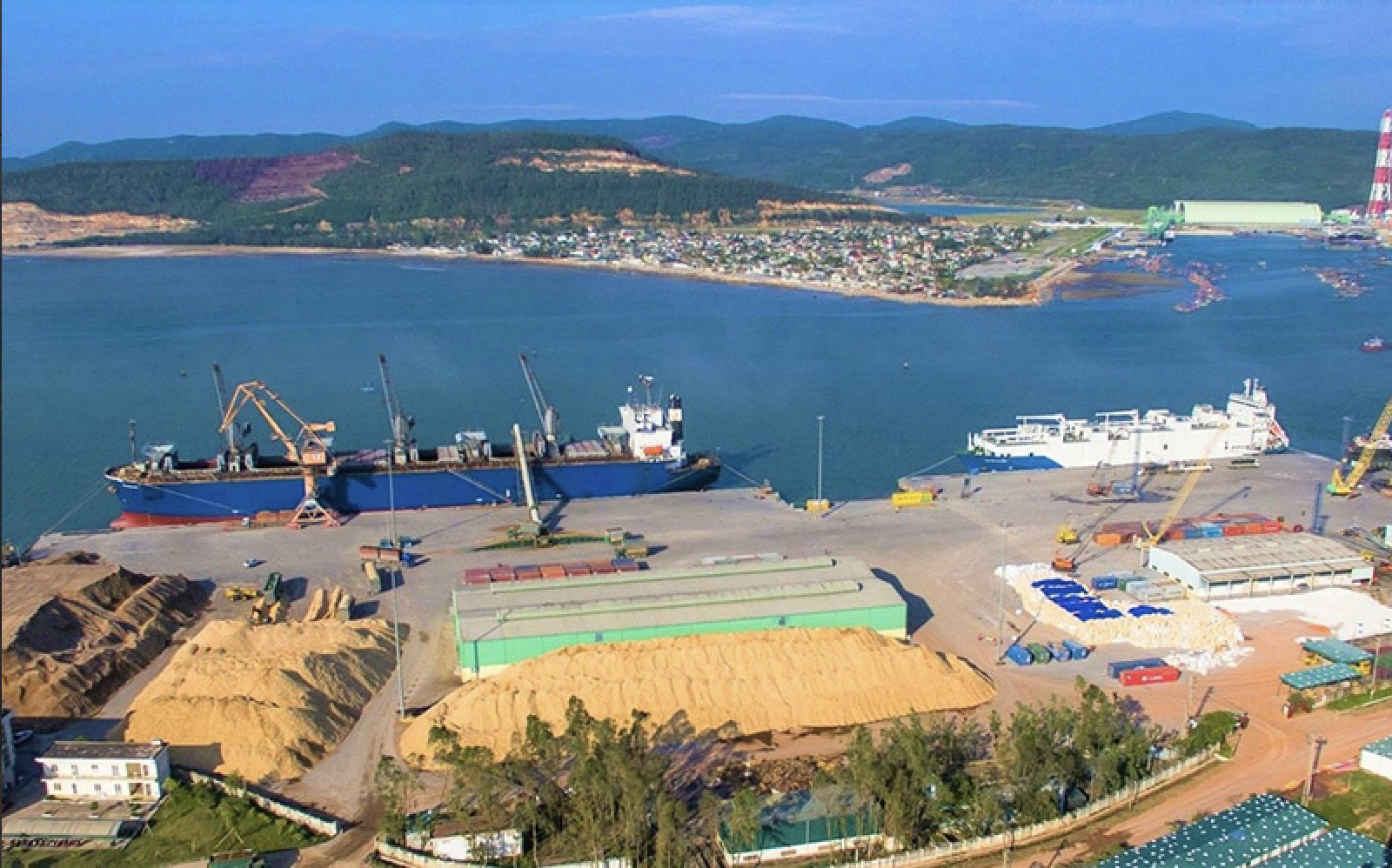
By 2030, the investment capital demand for Thanh Hoa seaport is about 21,906 billion VND (Illustration photo).
Goods mainly passed through the North and South Nghi Son wharf areas (including SPM) reached 56.14 million tons (accounting for 99.8%), the remaining 0.13 million tons (accounting for 0.2%) at Le Mon wharf area.
The average growth rate of goods in the period 2020-2024 reached 12.7%. Also in this period, statistics show that the number of ships entering and leaving Thanh Hoa seaport had an average growth rate of 5.6%. The average tonnage for an international voyage is about 10,000 tons, with a trend of decreasing the size of small ships and increasing the number of large ships coming to Thanh Hoa seaport.
Currently, Thanh Hoa seaport has received the largest ship with a capacity of 320,000 tons at the SPM buoy wharf, and general and bulk ships with a capacity of up to 70,000 tons (reduced load) at the wharf. Initially, it has attracted container transport routes to and from the Nam Nghi Son wharf area.
Up to now, Thanh Hoa seaport has 28 hard wharves with a total length of 5,343m. Of which, there are 15 general wharves with a length of 3,341m; 13 bulk, liquid/gas wharves with a length of 2,002m of thermal power plants, petrochemical refineries, cement plants) and 5 buoy wharves, anchorage and transshipment areas.
The public navigation channel in the area includes the South Nghi Son channel with a length of 7.314km, a channel width of 150m, a bottom elevation of -12.5m (nautical chart system), a shared turning basin with a diameter of 450m, and a bottom elevation of -12.5m. Along with that, there are branch channels and turning areas to Nghi Son and Long Son international ports, Nghi Son 1 and 2 Thermal Power Plants invested by enterprises themselves.
Nghi Son Refinery and Petrochemical Plant's waterway is 6.775km long, 150m wide, and has a bottom elevation of -14.8m.
Nghi Son Cement Plant's waterway is 4.8km long, 190m wide, and has a bottom elevation of -12m.
Le Mon waterway is 22.2km long, 50m wide, bottom elevation varies from -0.3m, with many shallow sections.
The infrastructure connecting to the regional seaports is mainly by road and waterway. In particular, the road traffic system connecting to Thanh Hoa seaport is considered relatively good, basically meeting the requirements of transporting goods to and from the port.
Specifically, the North and South Nghi Son wharf areas connect with provincial road 513 connecting to National Highway 1 to Nghe An; Nghi Son - Bai Tranh road through National Highway 1 connects to Ho Chi Minh road.
Le Mon wharf area connects to National Highway 1 via National Highway 47.
Meanwhile, the inland waterway connection to Thanh Hoa seaports is mainly river-sea transport registered VR-SB, the Ma River inland waterway route is of level III-IV-DTND. The proportion of goods passing by inland waterways accounts for about 15-20% of the total volume of goods passing through the port and is mainly dry cargo.
By 2030, meet the cargo throughput of up to 86 million tons
According to the report, the Detailed Plan for the development of land and water areas of Thanh Hoa seaports in the period 2021-2030, with a vision to 2050, aims that by 2030, Thanh Hoa seaport will meet the volume of goods passing through from 71.65 million tons to 86.15 million tons (of which container goods are from 0.07 million Teu to 0.2 million Teu, excluding goods of expansion/new construction projects of the Iron and Steel Production Complex).
Regarding infrastructure, there are a total of 20 - 24 ports, including 57 - 65 wharves with a total length of 11,368m to 13,508m (not including other ports).
By 2050, regional seaports will meet cargo throughput with an average growth rate of about 3.6 - 4.5% per year.
In this phase, we will focus on completing the investment in ports in the South and North Nghi Son wharf areas (including the expanded North Nghi Son area) in a modern direction, so that Thanh Hoa seaport becomes a special seaport, the South Nghi Son wharf area takes on the role of a gateway port in the North Central region, with a regional and international brand. At the same time, we will complete the conversion of the function of Le Mon port to serve local tourism.
Total land use demand according to the planning until 2030 is about 379.0 hectares (not including areas for developing industrial parks, logistics... associated with ports). Total water surface use demand is about 99,042.9 hectares (including other water areas within the management scope without maritime works).
By 2030, the investment capital demand will be about VND 21,906 billion, including the investment capital demand for public maritime infrastructure of about VND 4,511 billion and the investment capital demand for ports of about VND 17,395 billion (including only ports providing cargo handling services).
The report also clearly identifies priority investment projects in the coming time. Specifically, with public maritime infrastructure, investments will be made in infrastructure serving maritime safety assurance such as: anchorage areas, storm shelters, maritime traffic monitoring and coordination systems (VTS); Investment in the construction of public service ports, facilities serving specialized state management tasks.
At the same time, research will be done to upgrade the Nam Nghi Son channel into a two-way channel for ships with a capacity of 50,000 tons or larger when qualified, and the Bac Nghi Son public maritime channel for ships with a capacity of 50,000 tons.
With seaport infrastructure, investment in general and container ports at Nam Nghi Son port area, ports directly serving industrial facilities (cement, electricity, liquid/gas, adjacent industrial parks) at Bac and Nam Nghi Son port areas.
Source: https://www.baogiaothong.vn/can-gan-22000-ty-dong-dau-tu-cang-bien-thanh-hoa-toi-nam-2030-192250325180943015.htm



![[Photo] Keep your warehouse safe in all situations](https://vphoto.vietnam.vn/thumb/1200x675/vietnam/resource/IMAGE/2025/10/1/3eb4eceafe68497989865e7faa4e4d0e)

![[Photo] Hanoi morning of October 1: Prolonged flooding, people wade to work](https://vphoto.vietnam.vn/thumb/1200x675/vietnam/resource/IMAGE/2025/10/1/189be28938e3493fa26b2938efa2059e)

![[Photo] President of the Cuban National Assembly visits President Ho Chi Minh's Mausoleum](https://vphoto.vietnam.vn/thumb/1200x675/vietnam/resource/IMAGE/2025/10/1/39f1142310fc4dae9e3de4fcc9ac2ed0)


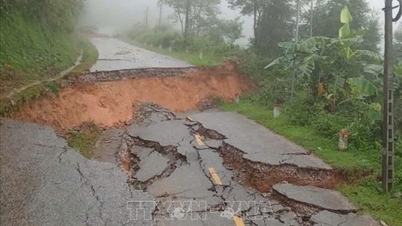

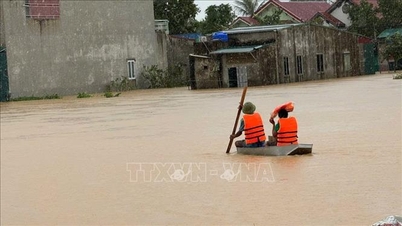
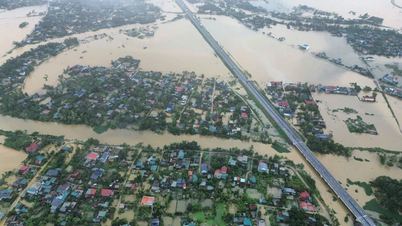

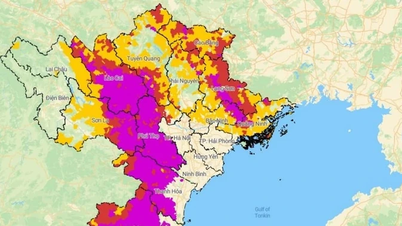





















































































Comment (0)